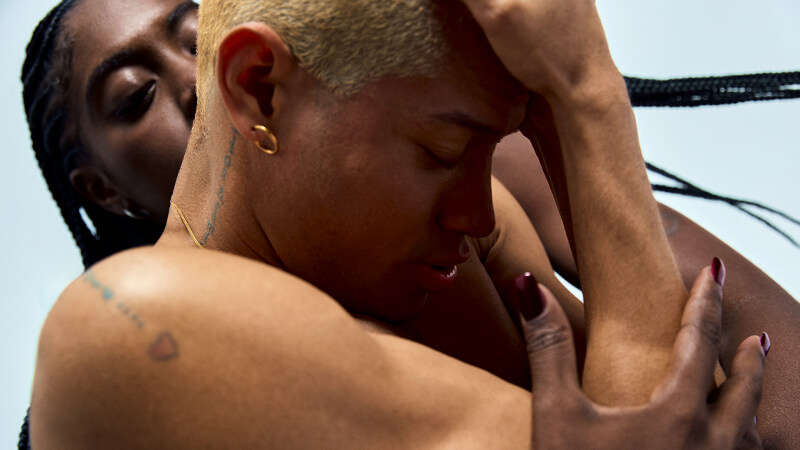The Healing Power Of A Good Cry
“Oh my god,” my boyfriend says upon discovering me curled up in bed, glued to my laptop, undone by the last episode of One Day. Knowing the ending beforehand had little impact, all roads were to lead me here: red-eyed and cheeks smeared with tears and mascara. Not an unfamiliar scene, admittedly (perhaps partly explaining my mother’s preference to nickname me ‘tiny tears’).
I cry easily, at big and small stuff. Wedding vows. Being sleep and snack deprived. Watching Billy Crystal’s love speech in When Harry Met Sally. F**king up a recipe that took hours to make. Life admin. Losing a debit card on holiday. The news.
As such, illustrator Pepita Sandwich’s new book, The Art Of Crying, is a welcome and deftly comforting release; a cocktail of drawn experiences and explorations of the healing properties of crying. It’s a moving manifesto, with each page disproving Darwin’s odd theory that emotional tears are ‘purposeless’ (research suggests that in addition to being self-soothing, shedding tears releases ‘feel-good’ chemicals oxytocin and endorphins). Today, we live in the age of tear-jerkers, heartbreak albums, websites dedicated to getting a weep a week (encouraging us to ‘click to feel something’) and Justin Bieber posting crying selfies. And yet, a murky perception of waterworks lingers. It’s seen as weak and wild. Judged as ugly or pretty. Dismissed, in some cases, as over-the-top fakery.
It’s bizarre, when you think about it. Like laughter and kisses, we would be lost without this wordless language. “It’s a strong social signal,” says Dr Ad Vingerhoets, a leading psychologist who focuses on crying and emotion and is the author of Why Only Humans Weep. “If you know what makes me sad, happy, angry, fearful, then you know a lot of me. We also find that criers – when they have valid reason to – are seen as honest [and] warm.” In one study he conducted with “criers versus those who had not cried for 15 years”, he found that the former camp were “more empathetic and received more social support”. Why do we cry? What is its real purpose? As Dr Vingerhoets explains, “Tears connect.”
Of course, the first association of tears is of sadness, but this is only one part of a much bigger picture. The fact that the ‘tears of joy’ and the ‘love heart’ emojis are two of the most popular worldwide is not nothing. It’s Lionel Messi lifting the World Cup trophy for Argentina; witnessing the moral beauty of behaviour in others; family reunions; finding something uncontrollably-rib-hurtlingly-funny.
I put the question out on social media: What was the last thing that made you cry? The responses revealed both the rainbow and clouds of emotion: gratitude; sorrow; frustration; bliss; helplessness…
“Walking towards the Taj Mahal at sunrise.”
“Gaza coverage.”
“When [British MP] Craig Mackinlay returned to the House of Commons after losing his limbs to sepsis [and] the whole commons gave him a round of applause.”
“Lana Del Rey.”
“My best friend surprising me back from her travels.”
“My kids being overwhelmingly noisy while I’m suffering with PMS.”
“Work!”
For many, crying offered a sense of clarity. “Reading an apology letter from an alcoholic friend,” wrote one person. Another friend I spoke to walked to yoga feeling “furious” at her mother. “Laying on my mat, I started crying,” she said. “I allowed myself to feel the sorrow of my relationship with my mum without the anger. Then I dried my eyes, did the yoga class and I felt this freedom in being able to just feel the feelings.”
There’s an expression that really bothers me. Describing someone as being “reduced to tears”. Really, it’s quite the opposite. “Crying does not indicate that you are weak,” to quote Charlotte Brontë. “Since birth, it has always been a sign that you are alive.”
Read Emma Firth’s 5 Tearjerkers To Watch, Listen To & Read When You Need A Good Cry here
Emma Firth is a London-based essayist and writer exploring love, intimacy and joy for British Vogue, The Cut, ELLE UK, ES magazine, Rolling Stone, mixed feelings newsletter and more




